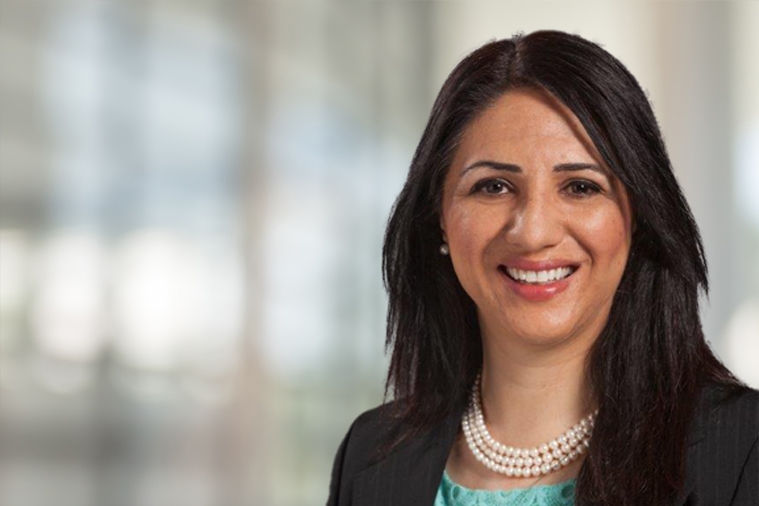Cardiovascular Risk: What Women Need to Know
Feb 1, 2023

For many years, people thought heart disease and heart attacks were men’s problems. Research studies focused on men. Diagnoses and treatments were designed for men.
Today, health professionals recognize that heart disease is the top killer of women, responsible for more deaths than all cancers combined.
Yet just 44% of women say they know that cardiovascular disease is the top threat to their health, according to research in the American Heart Association journal Circulation.
“Too often women don’t recognize they have as much risk of heart disease and heart attacks as men,” says Angela Lewis, PA-C, a Northwest Regional Heart & Vascular physician assistant in cardiology and electrophysiology. “Knowing your actual risks and paying attention to symptoms are important ways to protect yourself.”
Gender differences in cardiovascular disease
Physically, a woman’s cardiovascular system is different from a man’s. “Women’s cardiovascular systems are smaller, and other risk factors increase with age,” says Angela. “As women get older, their cholesterol and blood pressure tend to be higher. Weight gain is also common near menopause.”
Those changes, influenced in part by drops in the body’s estrogen production, make women more vulnerable to heart disease and heart attacks. So can pregnancy-related conditions, such as preeclampsia.
Two intertwined facts also account for women’s place in heart disease statistics. The likelihood of experiencing a heart attack or stroke increases with age. And women in the U.S. live longer: an average of 81 years, versus 76 for men.
Risk factors for heart disease
Smoking, physical inactivity and excess weight raise the risk of heart disease in both sexes. But certain risk factors put women at even greater odds of having a heart attack: smoking and taking birth control pills; hormone replacement therapy; metabolic syndrome, which includes a large waistline, low “good” cholesterol, and high blood pressure, blood sugar and triglyceride levels; diabetes or prediabetes; yo-yo dieting; and depression.
Symptoms of heart disease in women
For women, reducing the odds of heart disease starts with changing diet and exercise behaviors and recognizing their unique symptoms of a heart attack.
The classic signs of a heart attack — shortness of breath and pain or discomfort in the center of the chest, back or jaw — are hard to miss. But subtler warning signs are more common in women: pressure or pain in any part of the chest, indigestion and heartburn, nausea and vomiting, shortness of breath, unexplained fatigue, back or shoulder pain or tightness or squeezing in the upper back, and lightheadedness.
“Too often women don’t seek treatment as soon as men when they have heart attack symptoms,” explains Angela. “When you’re having a heart attack, time is muscle. Your family can wait — your heart cannot. Call 911 if you have symptoms.”
Women and high blood pressure
Up to age 65, men and women experience hypertension (high blood pressure) at similar rates. But after 65, more women than men develop high blood pressure, according to the American Heart Association.
Because hypertension increases a person’s risk of heart attack and stroke, it’s important for women to be screened at least annually. “Because it makes the heart work harder, high blood pressure can lead to heart damage and injure blood vessels throughout the body,” Angela says.
Anyone diagnosed with high blood pressure should take steps to lower it. And your provider can help. Talk to your primary care provider or meet our cardiology team to schedule an appointment.


